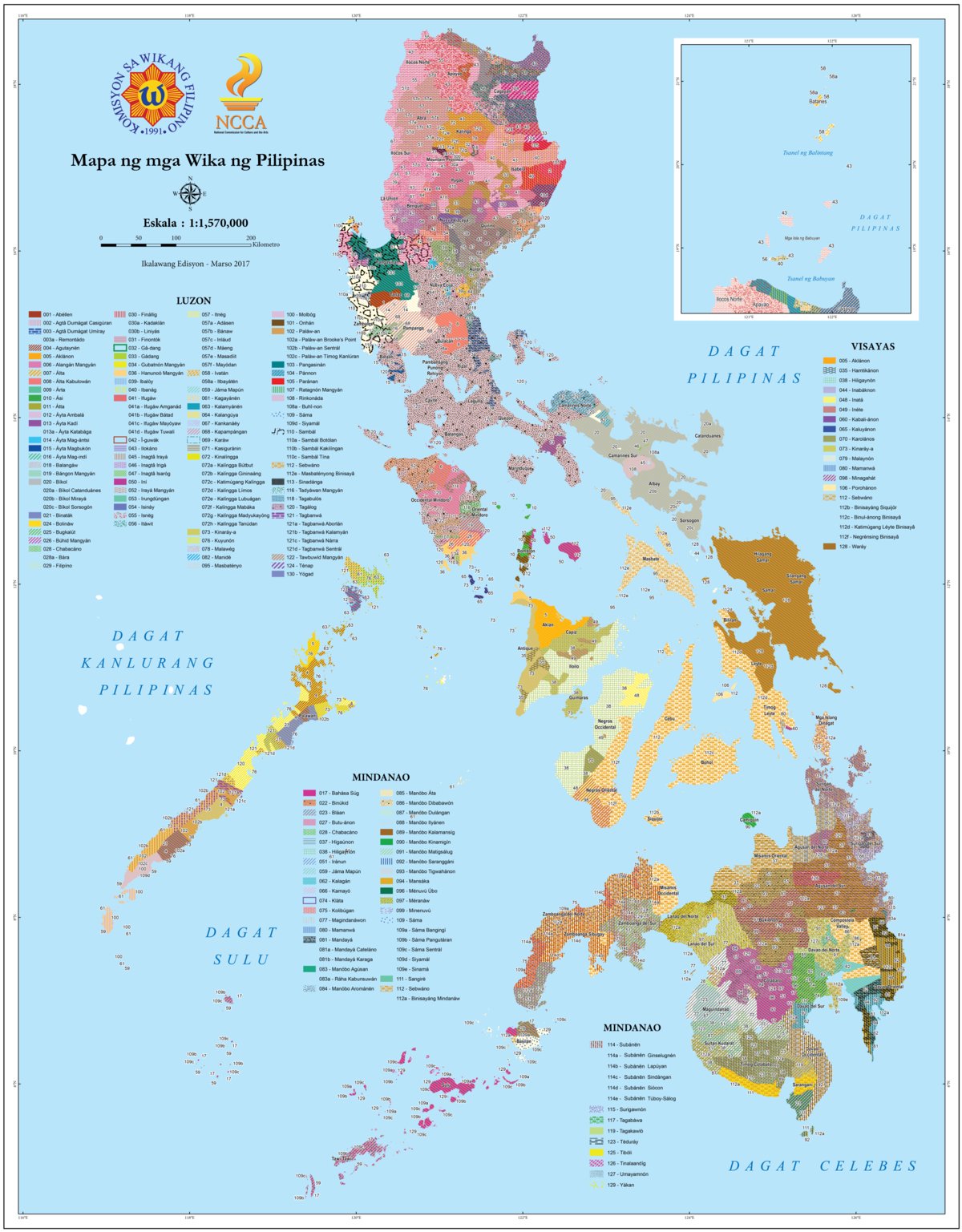Over 100 dialects are spoken across the Philippines, reflecting the country’s rich cultural diversity. Each region boasts its unique linguistic nuances, adding depth to the tapestry of Filipino heritage. Understanding the scope of “how many dialects are there in the Philippines” is essential to appreciating the intricate mosaic of languages that shape the nation’s identity. Join us on a linguistic exploration as we delve into the fascinating world of Filipino dialects, unravelling the threads that bind this vibrant archipelago together.
Exploring the Rich Diversity: How Many Dialects Are There in the Philippines?
Welcome to the vibrant archipelago of the Philippines, a country with a fascinating tapestry of languages and dialects that reflect its diverse culture and history. In this article, we will delve into the intriguing question: How many dialects are there in the Philippines? Join us on a linguistic journey through the various regions of this tropical paradise as we uncover the incredible diversity of languages spoken in this beautiful country.
The Philippines and Its Linguistic Landscape
Before we dive into the specifics of the dialects spoken in the Philippines, let’s first understand the country’s unique linguistic landscape. The Philippines is home to over 100 million people spread across more than 7,000 islands, making it one of the most linguistically diverse countries in the world. This diversity is a result of centuries of colonization, trade, and cultural exchange that have shaped the country’s language map.
Major Languages in the Philippines
While Filipino and English are the official languages of the Philippines, there are also several major regional languages that are widely spoken across different parts of the country. Some of the most prominent regional languages include Tagalog, Cebuano, Ilocano, Hiligaynon, and Waray. These languages are not just dialects but distinct languages with their own grammar, vocabulary, and pronunciation.
Counting the Dialects
When it comes to the number of dialects in the Philippines, the exact count can be a bit tricky to determine. The Philippines is home to around 175 ethnolinguistic groups, each with its own language or dialect. Some sources estimate that there are over 170 dialects spoken in the country, while others suggest that the number could be as high as 185. The diversity of dialects in the Philippines is truly astounding, and each one adds a unique flavor to the country’s cultural tapestry.
Exploring Some of the Dialects
Let’s now take a closer look at some of the fascinating dialects spoken in different regions of the Philippines:
1. Tagalog
Tagalog is one of the most widely spoken languages in the Philippines, particularly in the capital city of Manila and the surrounding areas. It serves as the basis for the national language, Filipino, and is known for its rich vocabulary and expressive nature.
2. Cebuano
Cebuano is spoken in the Visayas and Mindanao regions of the Philippines and is known for its melodic sound and poetic rhythm. It is often referred to as “Bisaya” and is the second most spoken language in the country.
3. Ilocano
Ilocano is spoken in the Ilocos region of the northern Philippines and is characterized by its unique phonology and syntax. It is known for its straightforwardness and is often used in various forms of literature.
4. Hiligaynon
Hiligaynon, also known as Ilonggo, is spoken in the Western Visayas region and is famous for its colorful expressions and idiomatic phrases. It is a language that is deeply intertwined with the region’s rich history and culture.
5. Waray
Waray is spoken in the Eastern Visayas region and is known for its distinct accent and musical intonation. It is a language that reflects the resilience and creativity of the people who speak it.
The Importance of Preserving Dialects
Each dialect in the Philippines is a treasure trove of history, culture, and identity. Preserving these diverse languages is essential not only for maintaining the country’s cultural heritage but also for fostering a sense of pride and belonging among its people. Language is a powerful tool for communication and expression, and dialects play a crucial role in shaping individual and collective identities.
In conclusion, the Philippines is a country of immense linguistic diversity, with a rich tapestry of dialects that reflect its complex history and vibrant culture. While the exact number of dialects in the Philippines may be difficult to pin down, one thing is certain: each dialect is a unique thread in the colorful fabric of Philippine society. By celebrating and preserving these dialects, we can honor the diverse voices that make the Philippines such a remarkable and dynamic country.
Dialects in the Philippines
Frequently Asked Questions
How many dialects are spoken in the Philippines?
There are approximately 175 spoken languages and dialects in the Philippines. These languages are categorized into different language families, with Filipino (based on Tagalog) and English being the official languages.
What are the main dialects spoken in the Philippines?
Some of the major dialects spoken in the Philippines include Tagalog, Cebuano, Ilocano, Hiligaynon, Waray, Kapampangan, and Bikol. Each dialect is associated with specific regions in the country.
Why are there so many dialects in the Philippines?
The diverse linguistic landscape in the Philippines is attributed to its history of colonization and cultural influences. Various indigenous groups and communities have developed their own languages and dialects over time, contributing to the linguistic diversity of the country.
Final Thoughts
The Philippines boasts a rich tapestry of languages with over 170 dialects spoken throughout the archipelago. The diversity of dialects reflects the country’s complex history and cultural heritage. Understanding how many dialects are there in the Philippines is crucial for appreciating the depth and breadth of Filipino identity.

